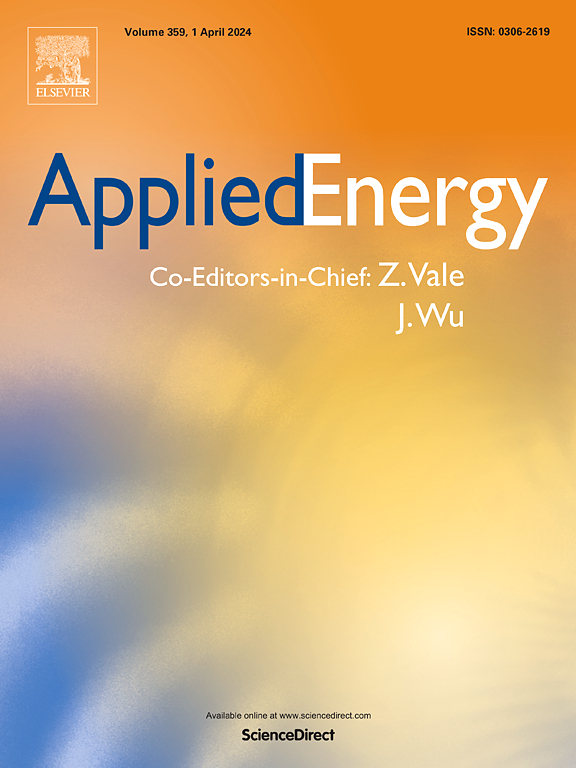Design and performance investigation on adjustable ejector with petal spindle valve for high-power fuel cell adapted heavy-duty truck powertrain
IF 10.1
1区 工程技术
Q1 ENERGY & FUELS
引用次数: 0
Abstract
The shape of the nozzle and operating conditions significantly influence the entrainment performance of ejectors. Utilizing the AVL Cruise-M platform, a simulation framework for hydrogen fuel cell heavy-duty vehicles and a 110 kW hydrogen fuel cell engine was established. Combined with CHTC-TT driving cycle simulations, data on hydrogen gas mass flow rate and pressure at the anode end of the fuel cell were obtained. Based on this data, a study was conducted to design and investigate an adjustable petal-shaped spindle valve ejector. The study examined the impact of ejector spindle valve structure and feed position on entrainment performance and stability. The results indicate that the designed petal-shaped spindle valve ejector effectively enhanced jet turbulence and material and energy exchange between primary and secondary flows and the entrainment ratio of petal spindle ejectors is 2.24 % higher than that of taper spindle ejectors in SP12 positioning. The entrainment ratio of the adjustable ejector ranges from 1.65 to 3.02 at output powers of 10 to 110 kW, meeting the hydrogen recirculation requirements for fuel cells across various power levels. Moreover, the ejector demonstrates rapid dynamic response capabilities, with relatively stable backpressure at the mixed flow outlet. Comparison with conventional commercial ejectors indicated superior overall performance and a larger operating range for the adjustable ejector.
求助全文
约1分钟内获得全文
求助全文
来源期刊

Applied Energy
工程技术-工程:化工
CiteScore
21.20
自引率
10.70%
发文量
1830
审稿时长
41 days
期刊介绍:
Applied Energy serves as a platform for sharing innovations, research, development, and demonstrations in energy conversion, conservation, and sustainable energy systems. The journal covers topics such as optimal energy resource use, environmental pollutant mitigation, and energy process analysis. It welcomes original papers, review articles, technical notes, and letters to the editor. Authors are encouraged to submit manuscripts that bridge the gap between research, development, and implementation. The journal addresses a wide spectrum of topics, including fossil and renewable energy technologies, energy economics, and environmental impacts. Applied Energy also explores modeling and forecasting, conservation strategies, and the social and economic implications of energy policies, including climate change mitigation. It is complemented by the open-access journal Advances in Applied Energy.
 求助内容:
求助内容: 应助结果提醒方式:
应助结果提醒方式:


